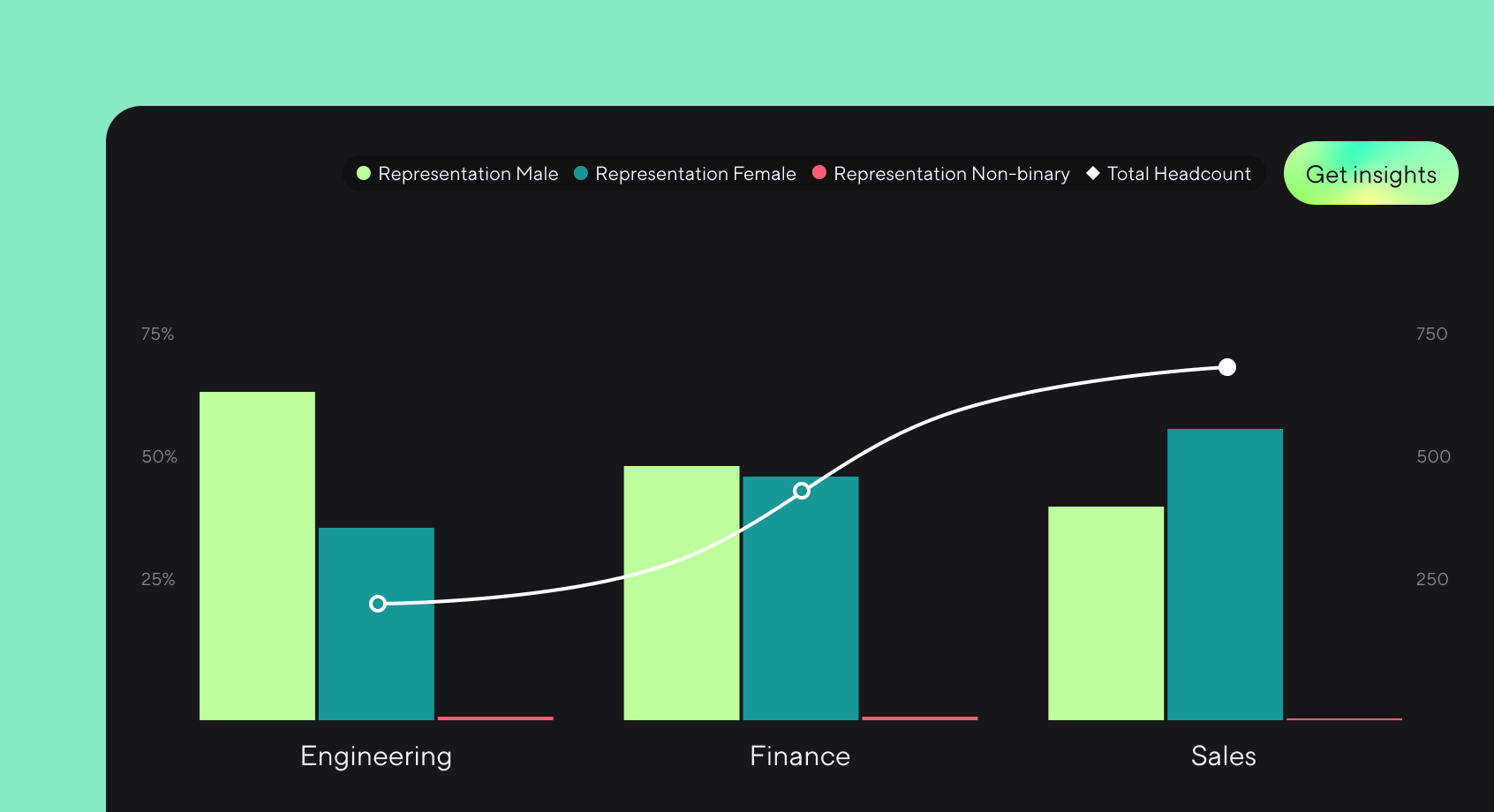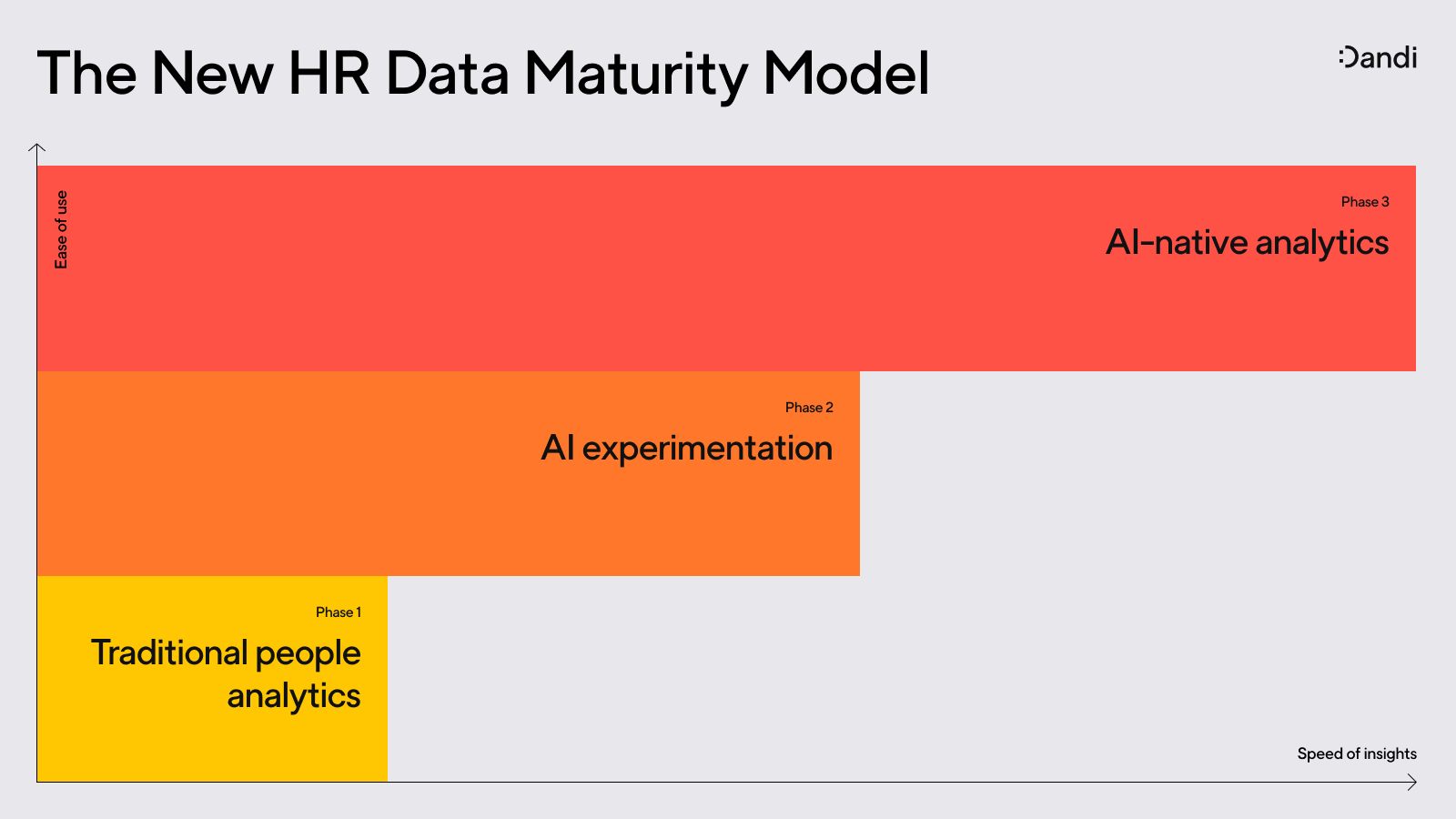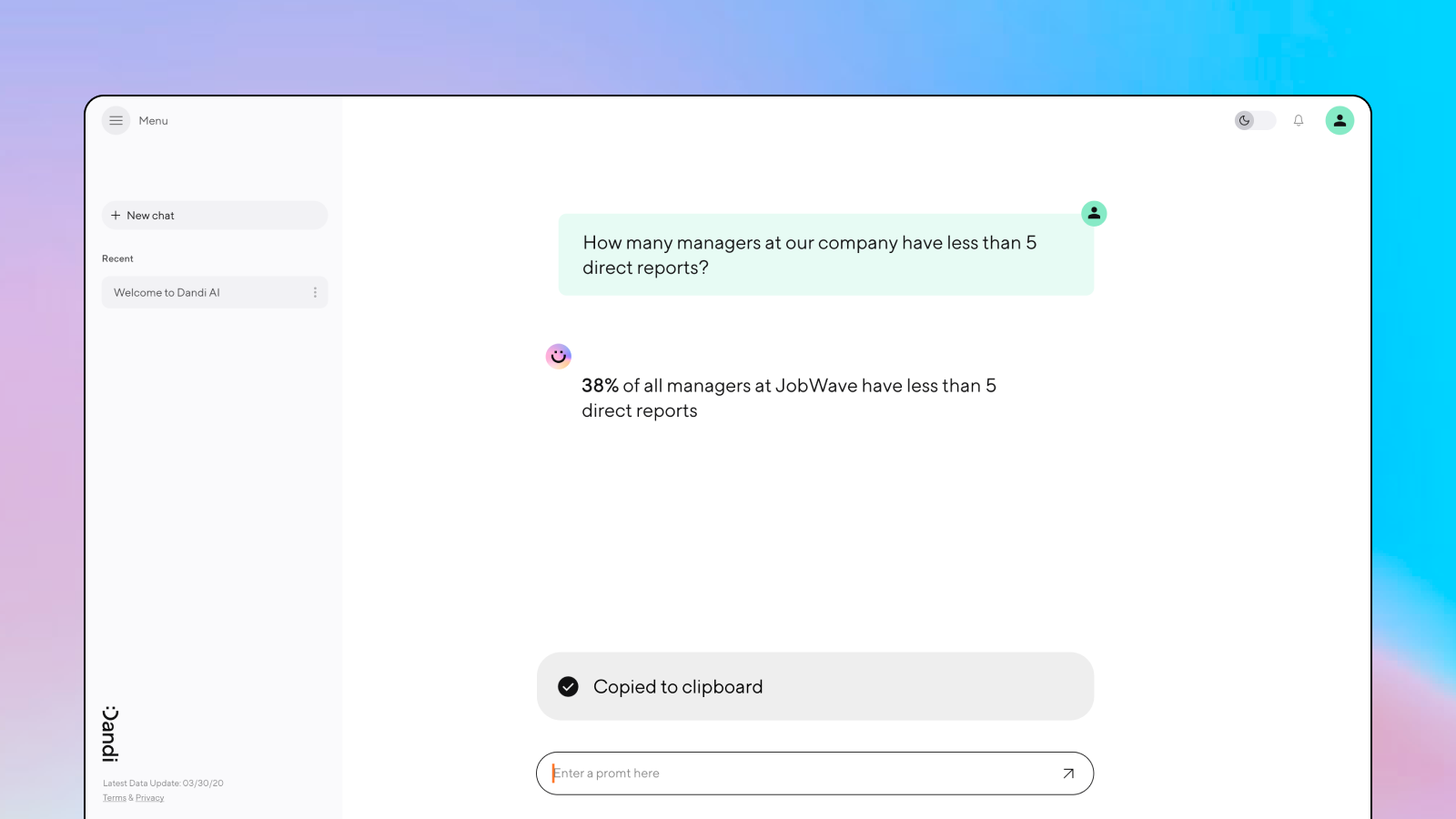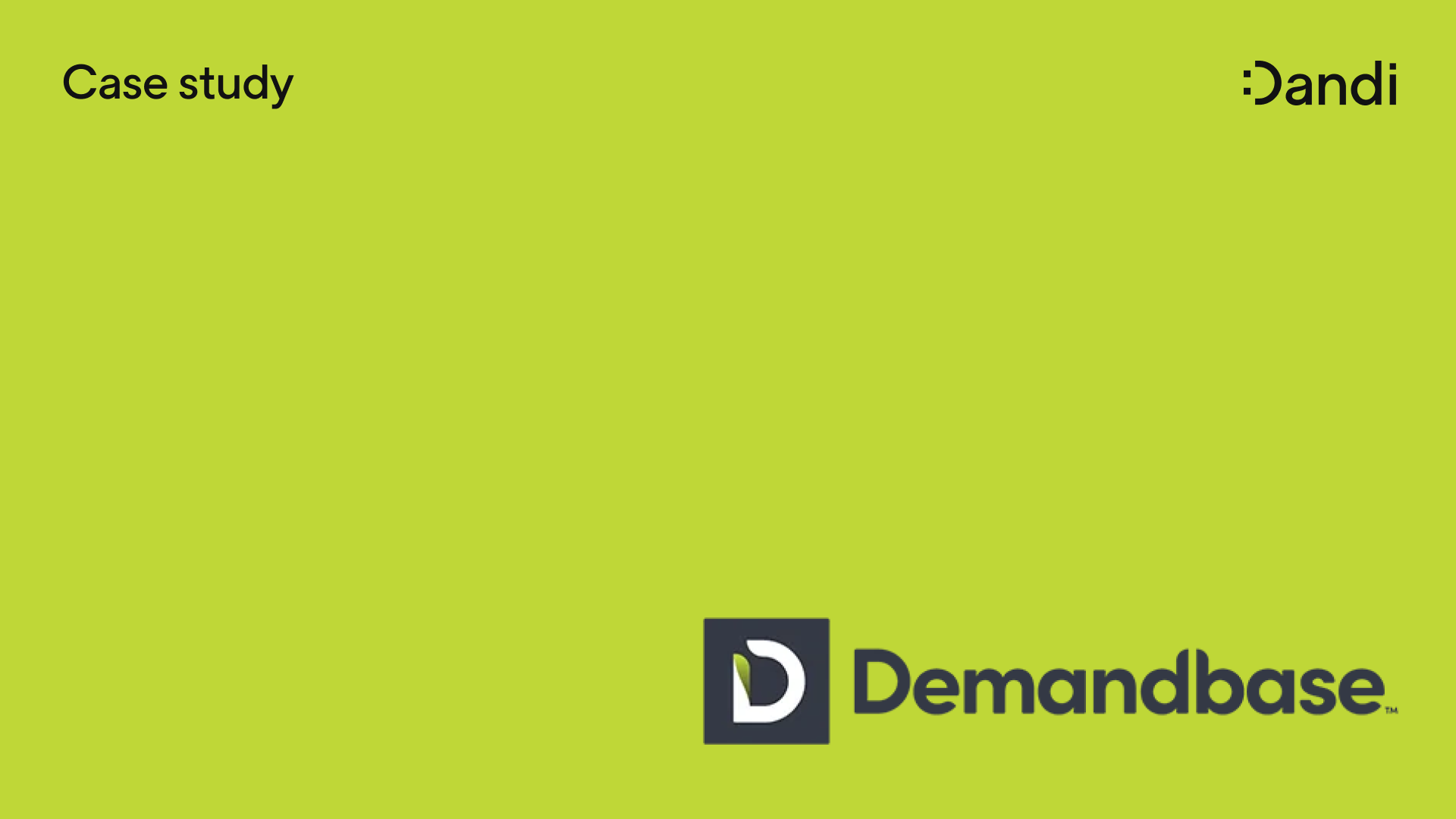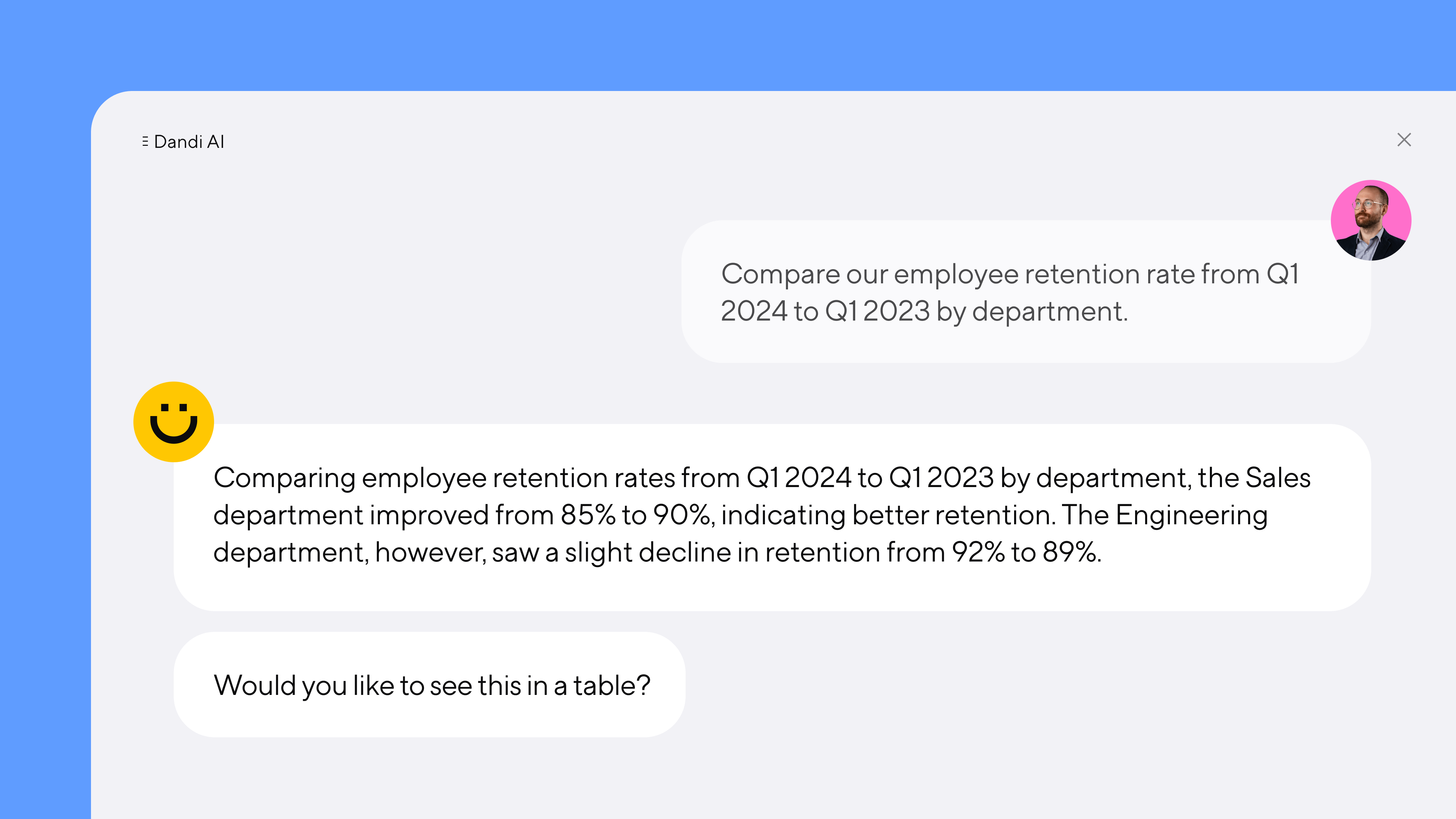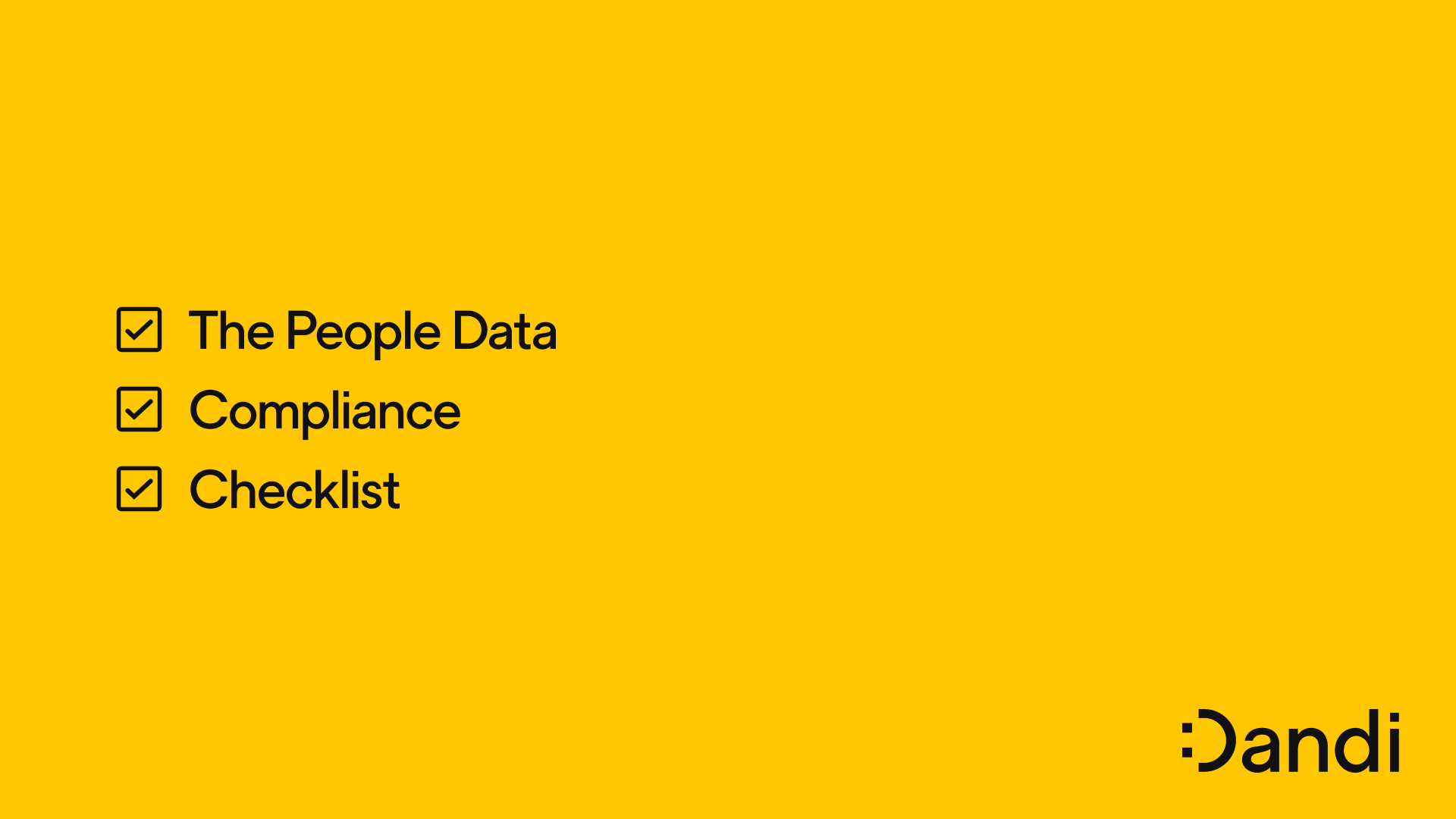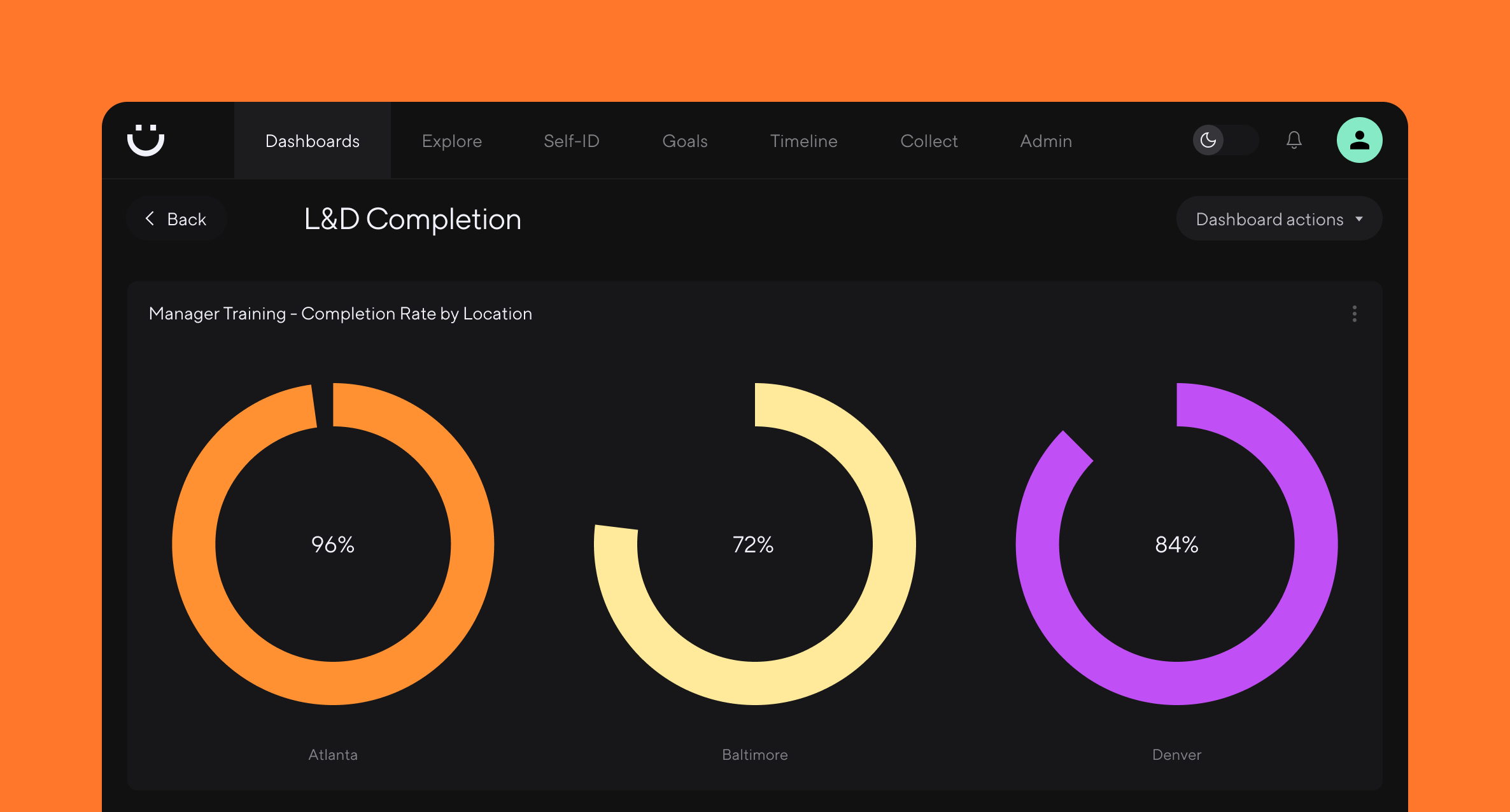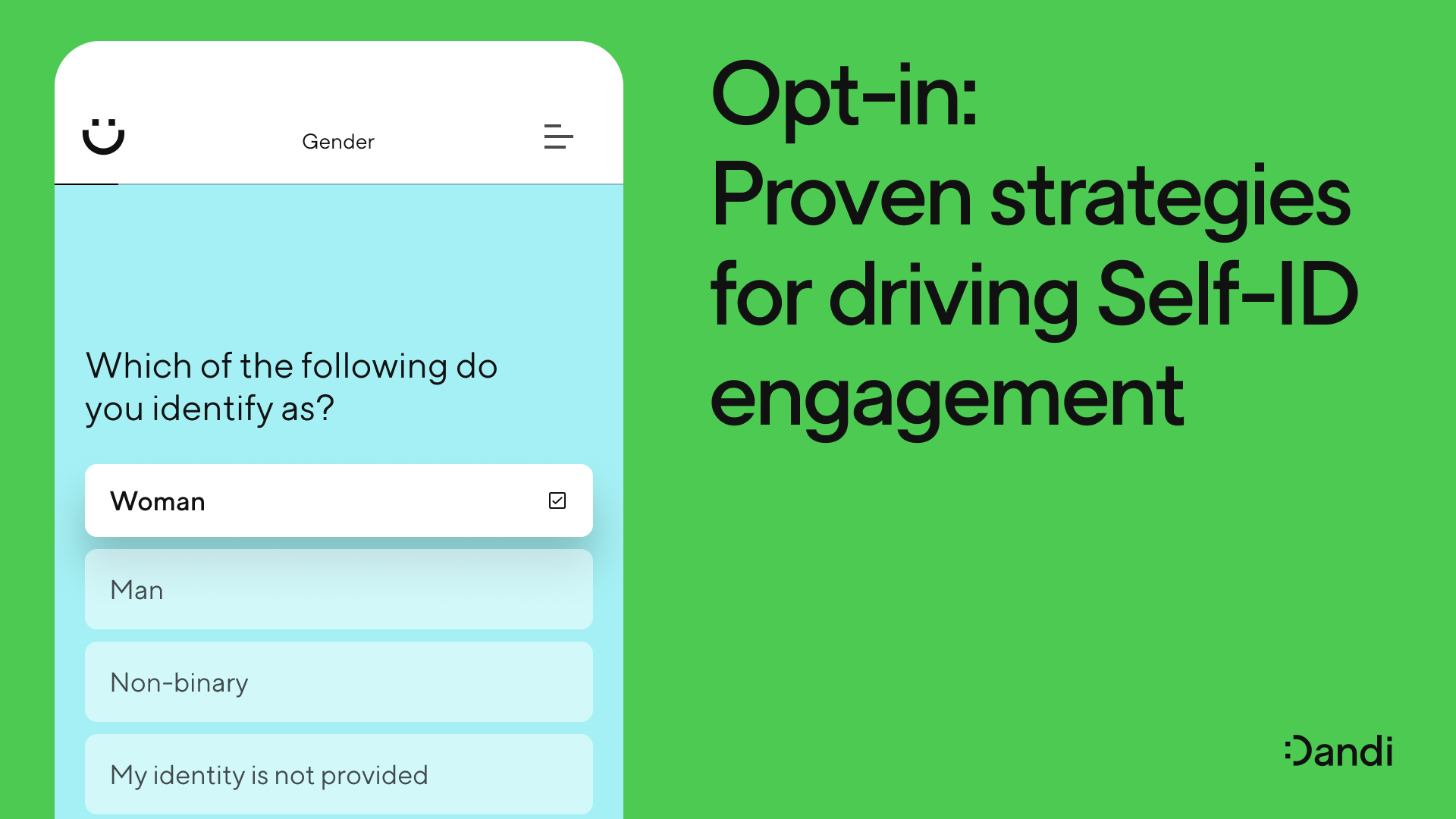Creating more inclusive workplaces for neurodivergent employees

Camille Hogg, PhD – Oct 25th, 2023
Neurodivergent employees often experience worse outcomes in the workplace than their neurotypical colleagues. In this week's article, we look at the opportunities—and challenges—of using data to drive more inclusive workplace practices.
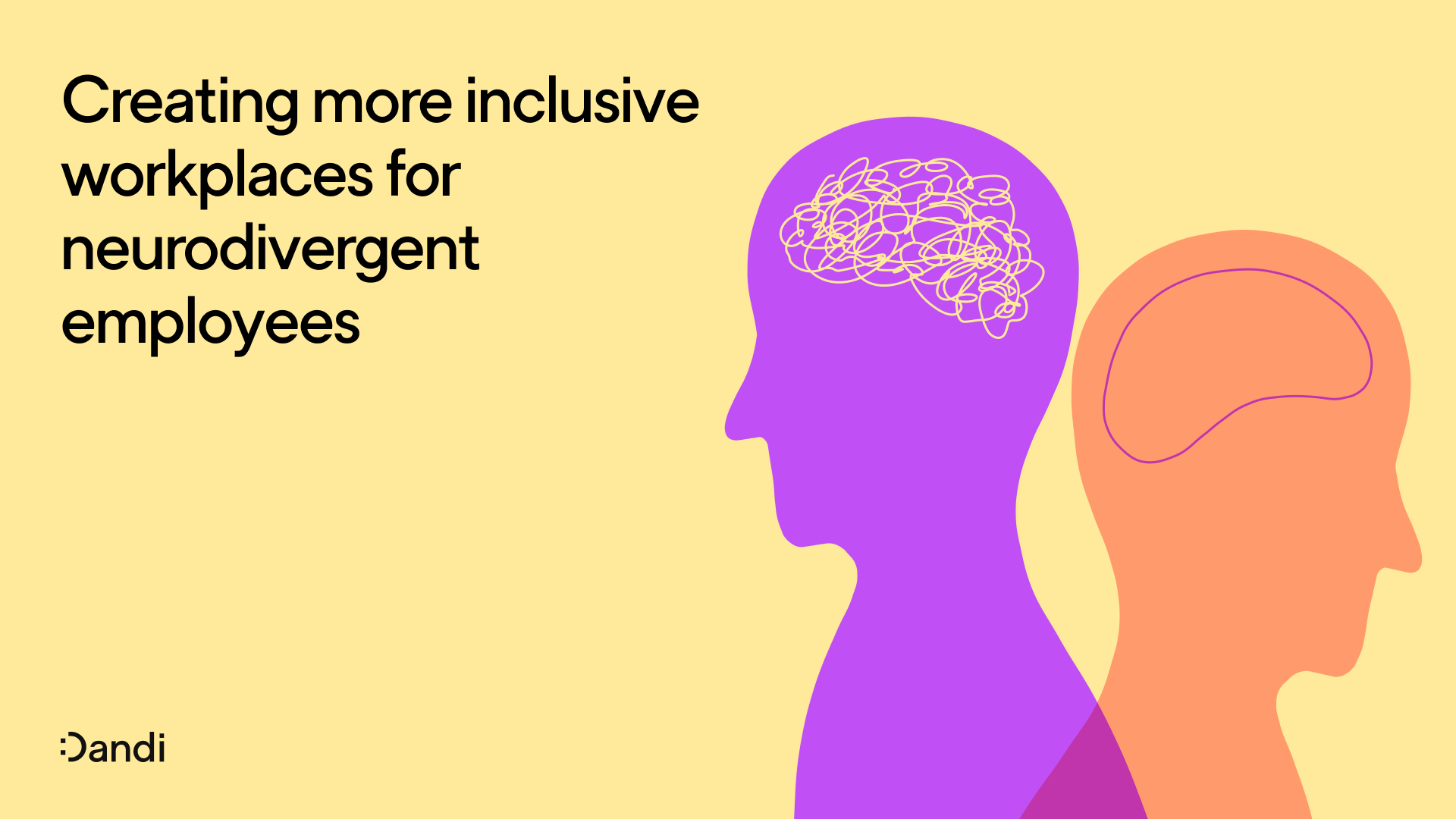
Work was never really created for neurodivergent people.
We build empires of striplit open-plan offices with cookie-cuttered rows of neat, elbow-touching desks to optimize for collaboration and creativity. We copy and paste the rituals of work, like meetings, the language we speak, and Friday drinks at the bar, that bring order and sense to the hours programmed between 9 and 5.
For most people, it’s easy to navigate the norms of this world. But for neurodivergent people, its rituals and rhythms can often feel exhausting, confusing, and impenetrable.
In the last couple of years, organizations have really begun to focus on creating a more inclusive workplace experience for neurodivergent employees. But often, this effort stalls past the recruitment process.
Organizations know how to get neurodivergent people in, by creating more inclusive job descriptions and leading a standardized interview process. But with research finding that neurodivergent folks routinely earn less and experience higher levels of unemployment than neurotypical counterparts, it’s clear that we’re not providing the same level of inclusivity for neurodivergent talent once they get through the door.
So how can organizations better support and develop their neurodivergent talent?
Understanding the neurodivergent experience at work
Neurodivergence refers to how a person’s brain processes, learns, or otherwise functions differently to what’s considered the “norm.” It’s an umbrella term that describes a range of different conditions, including ADHD, autism, Tourette Syndrome, OCD, dyslexia, and more.
Being neurodivergent can impact a range of daily actions most people take for granted, such as how people think, organize tasks, communicate, or express emotions.
A 2021 large-scale study found that people with ADHD earn 17% less than neurotypical people, and spend more time in unemployment.
And in the workplace, this is important, because research tells us that neurodivergent employees often experience worse outcomes than neurotypical ones:
-
A 2021 large-scale study found that people with ADHD earn 17% less than neurotypical people, and spend more time in unemployment
-
A 2022 study found that employees with dyslexia are more prone to experiencing burnout and mental exhaustion when they don’t have access to appropriate accommodations
-
A 2021 study found that employees on the autism spectrum reported significant social barriers in the workplace, including interpreting behavior and navigating boundaries with colleagues
Understanding how these experiences may be mirrored within your own employee populations is critical for building a more inclusive culture where everyone receives equitable treatment.
Data collection and neurodivergent employee populations
To create a more inclusive workplace for neurodivergent employees, you first need to know who among your population identifies as neurodivergent.
When collecting this data, it’s important to bear in mind that neurodivergent employees often experience increased discrimination and bias as a result of self-disclosing their status at work. In turn, many choose not to self-identify. This may lead to not only low disclosure rates, but a low belief in general that your organization will actually be able to provide the right level of support.
As an employer, this means it’s your job to create an environment where neurodivergent people feel safe stepping forward, and feel heard when discussing their experiences.
Neurodivergent employees often experience increased discrimination and bias as a result of self-disclosing their status at work. In turn, many choose not to self-identify.
Building trust through processes and communication is a must in this regard. Before you collect any data, you must clearly and directly state exactly why you’re asking for this information, who will see it, and what you’ll use it for. For best results, communicate this information across a range of formats, including a written resource, to ensure that everyone understands.
You’ll also need to think about the format for how you collect the data. Surveys are a quick and reliable method that may entice employees to come forward—but you need to put safeguards in place to make sure that all data stays completely anonymous.
Alongside neurodivergent status, try to collect additional workforce data where possible, as long as it doesn’t compromise anonymity:
-
Neurodivergence type
-
Job level or role
-
Office location
-
Business unit or department
-
Tenure
-
Salary range
Viewing how and where your neurodivergent employees are having different experiences of your organization will help you know what to continue, and what to change.
Understanding neurodivergent employees’ experiences through the lens of intersectionality
Segmenting the data from your neurodivergent employee population across key metrics can help you identify whether or not unintentional bias in your processes is creating insurmountable barriers for your neurodivergent employees.
To identify where these barriers are, track the following metrics:
-
Retention: Employees on the autism spectrum are chronically underemployed. Employees with ADHD are more likely to get fired. Understanding which employee populations are most likely to stay—and which are most likely to leave—will help you get closer to identifying root causes.
-
Compensation: Neurodivergent employees are more likely to be under-rewarded compared to neurotypical people. Understanding how your neurodivergent employees are paid compared to your internal benchmarks helps you identify any potential pay gaps.
-
Engagement scores: If your culture doesn’t feel inclusive, your employee engagement is likely to suffer—for everyone. Measuring employee engagement can help you identify root causes contributing to a negative workplace experience. For example, neurodivergent employees may struggle more with peer relationships, or a noisy working environment.
-
Performance: In studies, neurodivergent employees frequently report feeling like they’re not living up to their potential at work. But this could translate into very real unmet needs in the workplace that are hindering performance. Tracking neurodivergent employee performance reviews will identify whether this is an individual problem, or more widespread.
-
Progression: If your neurodivergent employees are experiencing barriers to their performance, the likelihood is that this is having a knock-on impact on their ability to progress and grow. Measuring promotion rates and growth paths compared to neurotypical employees will help you understand if this population has enough support to move up.
-
Absenteeism and PTO usage: Neurodivergent employees are more prone to burnout and exhaustion when their needs for workplace accommodations aren’t met. Are your neurodivergent employees more likely to take sick leave—or do they tend to take more holidays? This could be a sign that unmet needs are manifesting in physical and emotional illness.
Building a full picture of the neurodivergent employee experience
As you crunch the numbers on neurodivergence in your organization, you need to learn one last hard truth: Data alone can’t tell you what the workplace is really like for neurodivergent people.
It can’t tell you how someone with OCD experiences your office environment, or why your employee on the autism spectrum feels upset that they’re given tasks that align with qualities of being neurodivergent, rather than things they actually enjoy doing.
It can’t tell you what it’s like for me, for example, as a cisgender woman on the autism spectrum with ADHD.
Because for me, the workplace can be overwhelming. It’s feeling completely lost in a labyrinth of company jargon, where I understand the words separately, but not their composite meaning. It’s the shameful gut punch of getting an important work task totally wrong because I missed some vital information from a recent meeting—or forgetting someone’s name.
Giving neurodivergent employees the opportunity to share exactly how they experience your workplace, in their own words, will enrich your insight of their experience even further.
It’s the immensely destabilizing feeling of weighing up disclosing my status to get accommodations, or hiding it, and drowning under the feeling that I’m failing.
These are my unique experiences of being in the workplace as a neurodivergent person—and your employees’ own experiences will be completely individual depending on who they are and how they identify.
That’s why with any quantitative data you collect, you’ll want to complement it, as much as possible and where employees will share, with qualitative experiences. Giving neurodivergent employees the opportunity to share exactly how they experience your workplace, in their own words, will enrich your insight of their experience even further. It means you can pinpoint exclusion in unheard anecdotes, provide more individualized support for unmet needs, and above all, make sure you’re listening to your neurodivergent population.
Creating new workplace norms
Building a more inclusive experience for neurodivergent employees requires organizations to think outside of the neurotypical trappings of work that we’ve all gotten used to. It requires you to analyze every process across your employee lifecycle, and identify how and where your organization may not be providing a level playing field for employee performance to thrive.
Dandi’s powerful intersectional analytics enable organizations to get richer insight into how they’re measuring up on DEI across multiple dimensions of diversity and employee lifecycle factors.
To find out how we can support you in creating a more inclusive experience for neurodivergent employees—and for everyone—book a demo with one of our team members.
More from the blog
Announcing more powerful Dandi data visualizations
Team Dandi - Oct 23rd, 2024
The New Maturity Model for HR Data
Catherine Tansey - Sep 5th, 2024
Buyer’s Guide: AI for HR Data
Catherine Tansey - Jul 24th, 2024
Powerful people insights, 3X faster
Team Dandi - Jun 18th, 2024
Dandi Insights: In-Person vs. Remote
Catherine Tansey - Jun 10th, 2024
Introducing Dandi AI for HR Data
Team Dandi - May 22nd, 2024
5 essential talent and development dashboards
Catherine Tansey - May 1st, 2024
The people data compliance checklist
Catherine Tansey - Apr 17th, 2024
5 essential EX dashboards
Catherine Tansey - Apr 10th, 2024
Proven strategies for boosting engagement in self-ID campaigns
Catherine Tansey - Mar 27th, 2024
